#lewis allen
Text
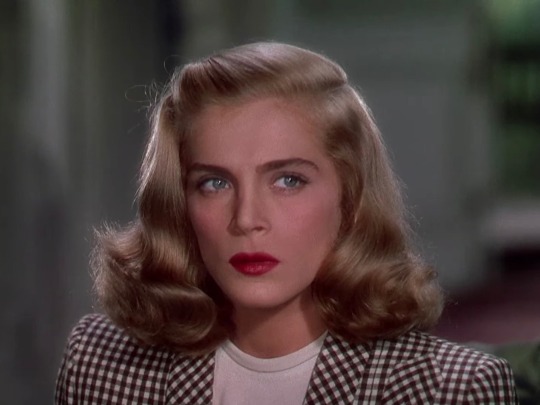
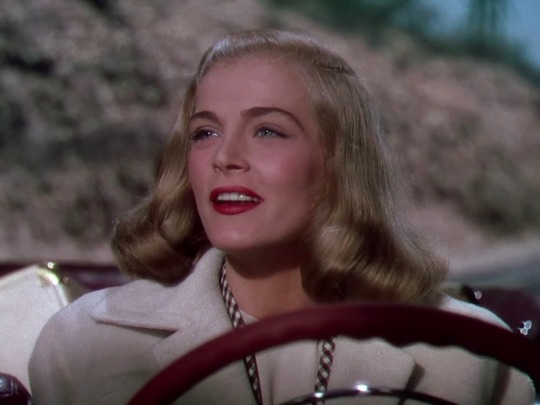
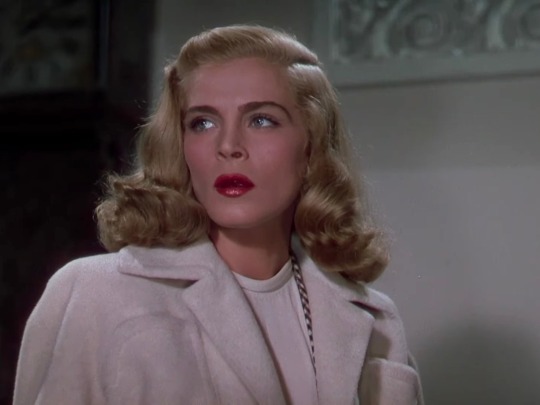
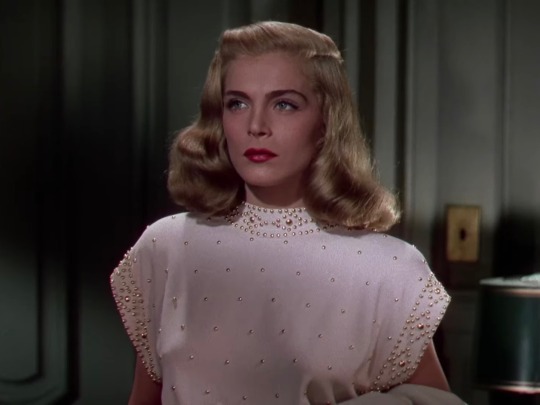
Lizabeth Scott in Desert Fury (Lewis Allen, 1947)
#noirvember#lizabeth scott#desert fury#desert fury 1947#femme fatale#film noir#noir in color#technicolor#style#fashion#veronica lake#burt lancaster#1940s#1940s actress#old hollywood#classic hollywood#classic film#lewis allen
432 notes
·
View notes
Text
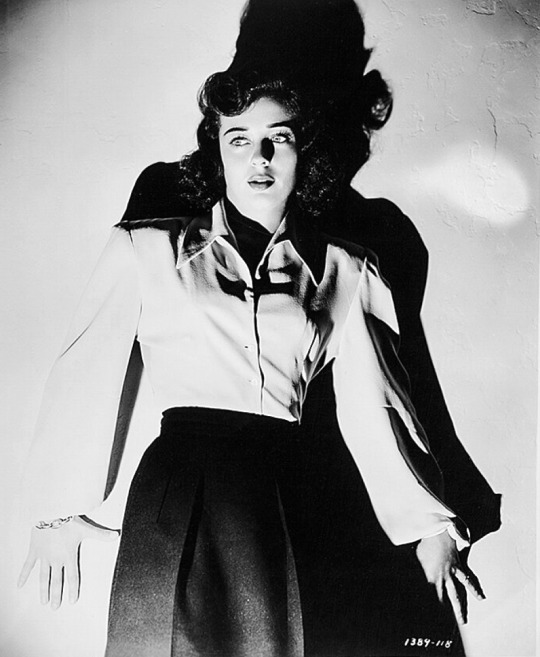

Gail Russell in The Uninvited (1944).
55 notes
·
View notes
Text

Frank Sinatra-Nancy Gates "De repente" (Suddenly) 1954, de Lewis Allen.
38 notes
·
View notes
Text

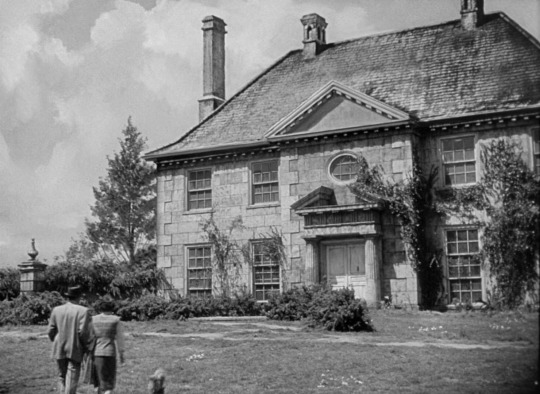

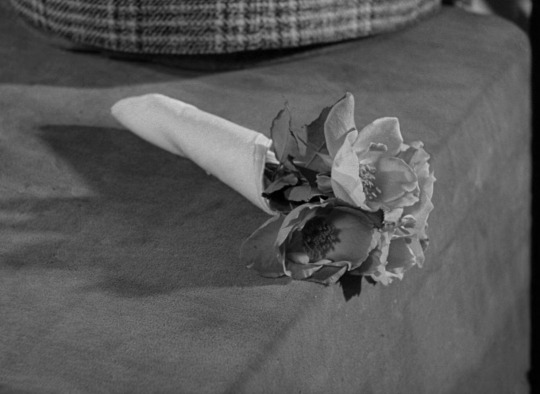

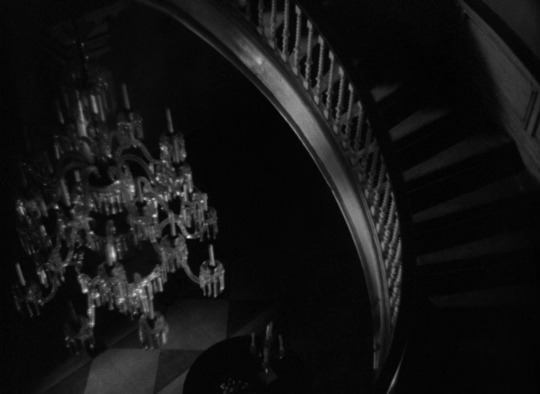

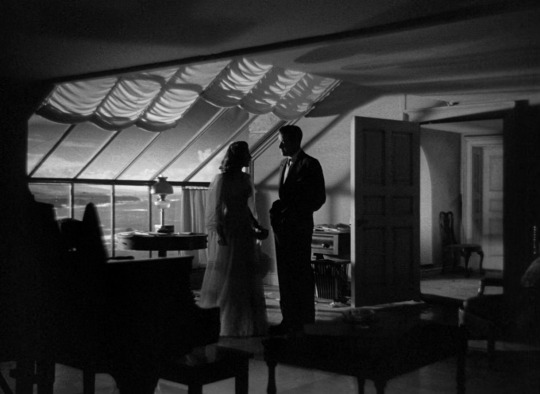
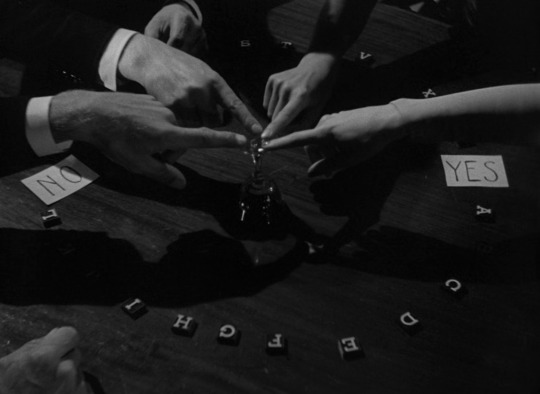


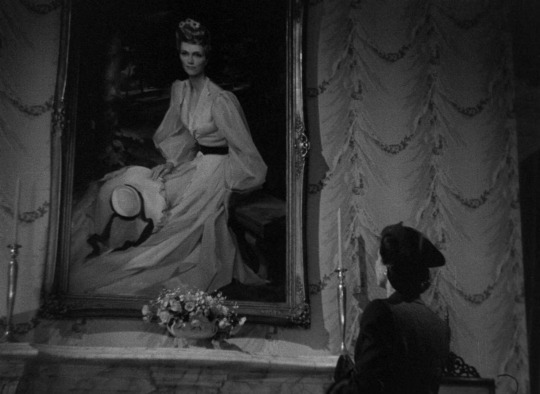
THE UNINVITED (1944)
Director: Lewis Allen
Cinematography: Charles Lang Jr.
#the uninvited#o solar das almas perdidas#lewis allen#ray milland#ruth hussey#donald crisp#cornelia otis skinner#gail russell#40s movies#40s fashion#40s aesthetic#40s horror#40s horror movies#old hollywood#old horror movies#old movies#cinematography#gothic horror#movie screencaps#movie screenshots#film screencaps#film screenshots#film frames#movie frames#screencaps#screenshots
38 notes
·
View notes
Text
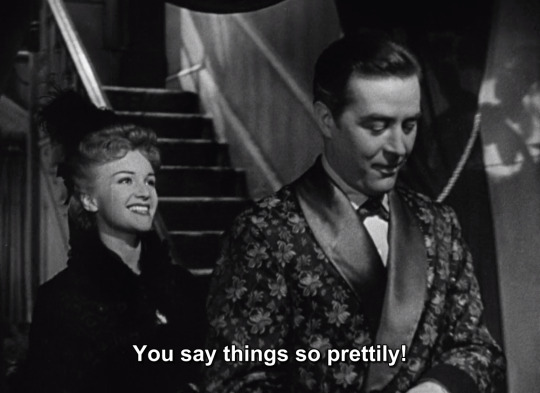

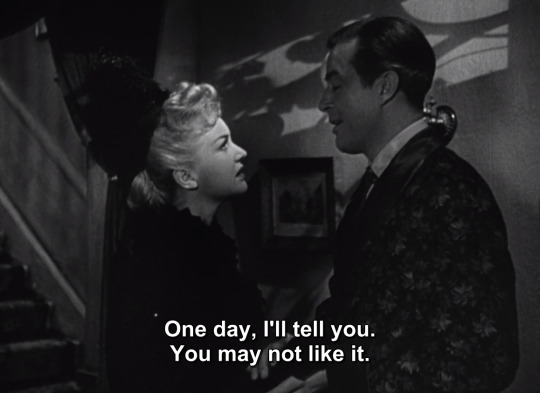
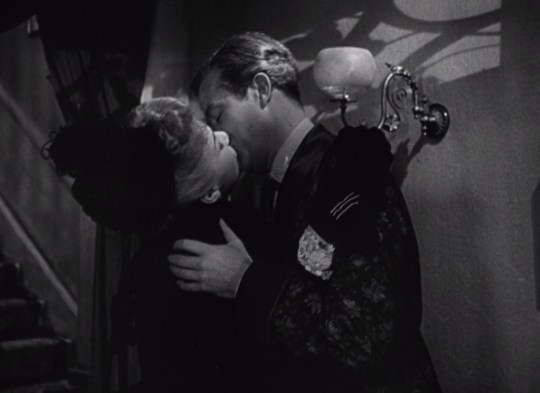
24 notes
·
View notes
Text

Director Lewis Allen, Nina Foch, and Edward G. Robinson on set of ILLEGAL (1955)
21 notes
·
View notes
Text
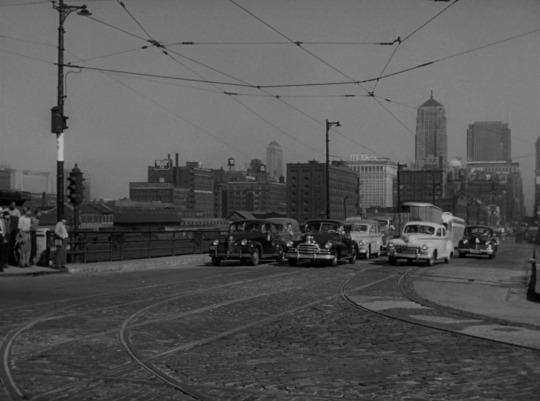
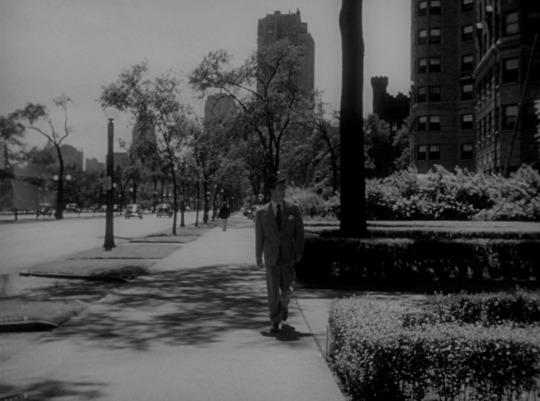

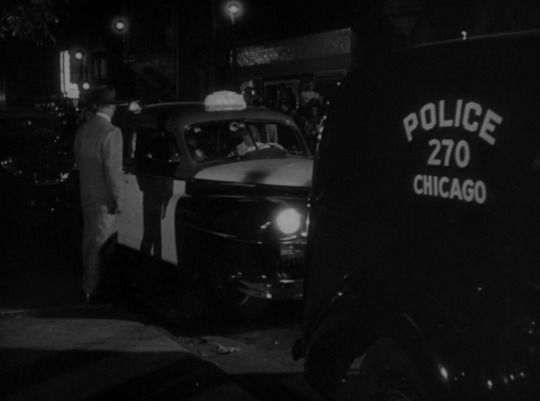

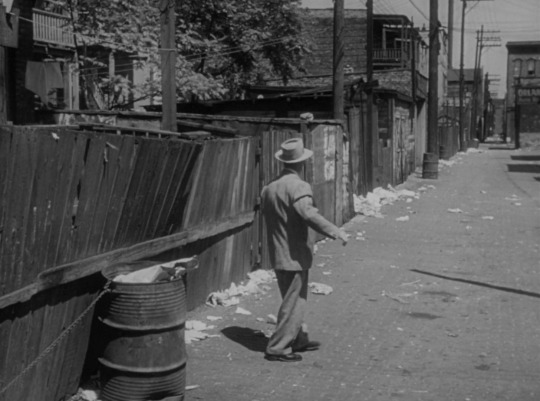
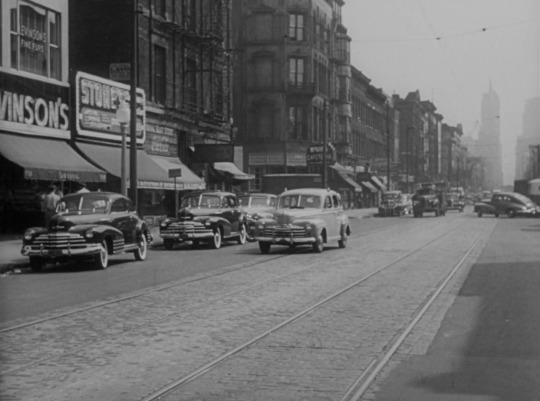



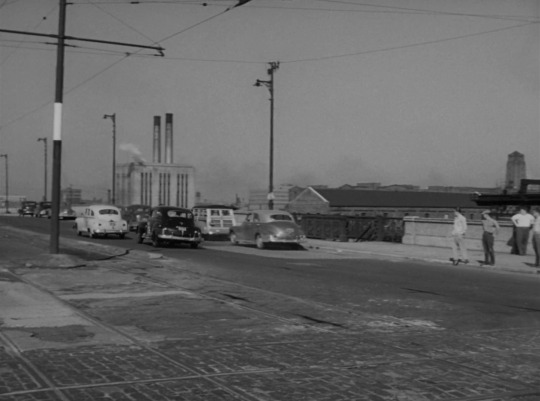
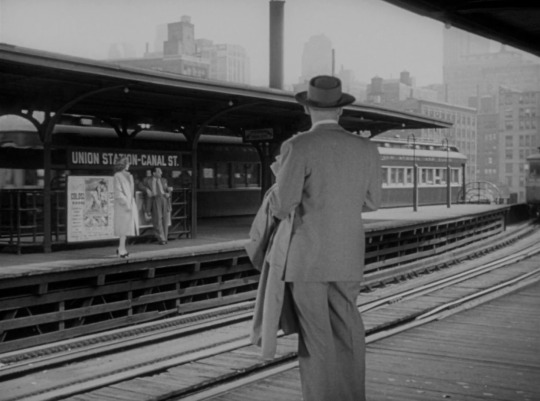
Chicago Deadline (Lewis Allen, 1949).
11 notes
·
View notes
Text
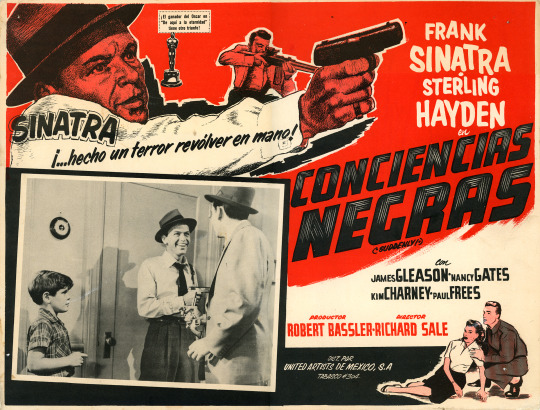



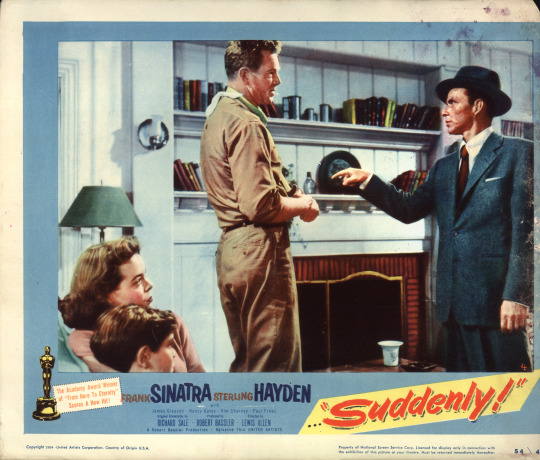


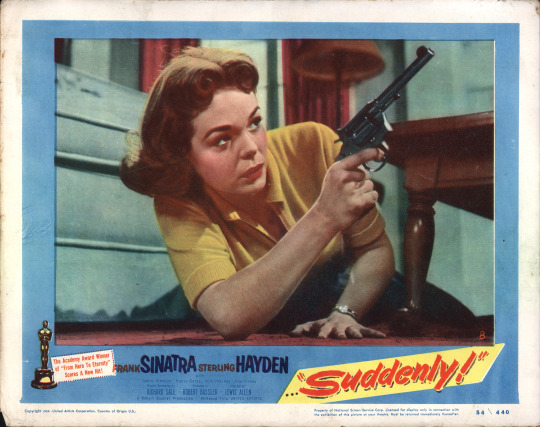
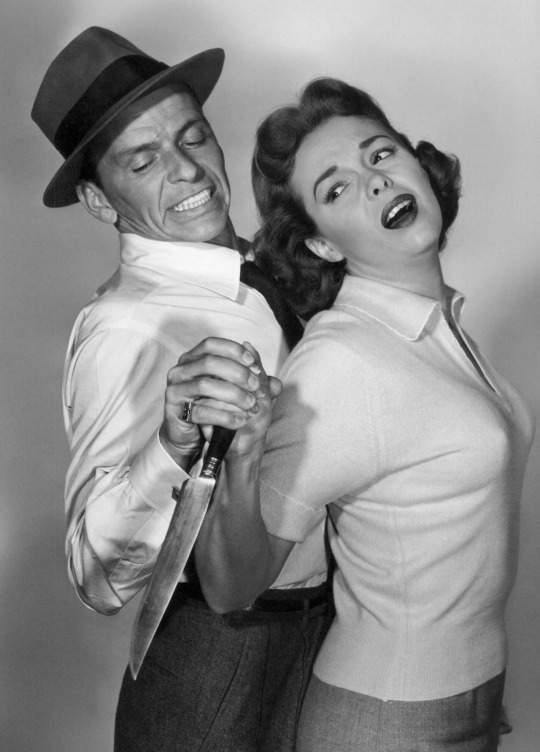

Suddenly (1954) Lewis Allen
February 25th 2024
#suddenly#1954#lewis allen#frank sinatra#sterling hayden#nancy gates#james gleason#kim charney#paul frees#christopher dark#james o'hara#paul wexler#willis bouchey
12 notes
·
View notes
Text

Ruth Hussey & Ray Milland in The Uninvited (1944)
#the uninvited#horror#movies#1944#1940s#ray milland#ruth hussey#lewis allen#publicity stills#black and white
11 notes
·
View notes
Text

#So Evil My Love#Ray Milland#Ann Todd#Geraldine Fitzgerald#Leo G. Carroll#Raymond Huntley#Martita Hunt#Raymond Lovell#Moira Lister#Roderick Lovell#Lewis Allen#1948
4 notes
·
View notes
Text

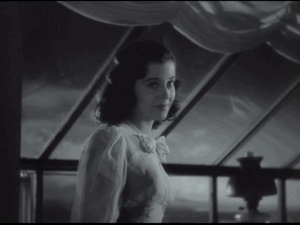
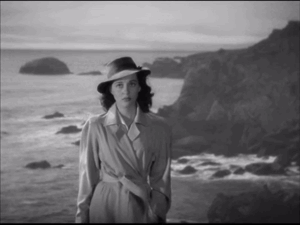
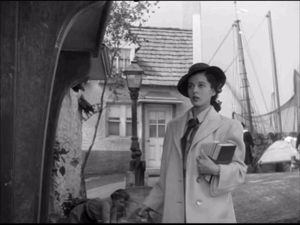

12 Days of Halloween - Day 8: Gail Russell in The Uninvited, 1944.
#12daysofhalloween#the uninvited#1945#gail russell#ray milland#ruth hussey#lewis allen#hollywood#oldhollywood#movies#classic movies#filmedit#moviegifs#vintage horror#vintage halloween#halloween#halloween movie#classic horror#edit#history#vintage#classic#1940s hollywood#actress#horror movies
21 notes
·
View notes
Text



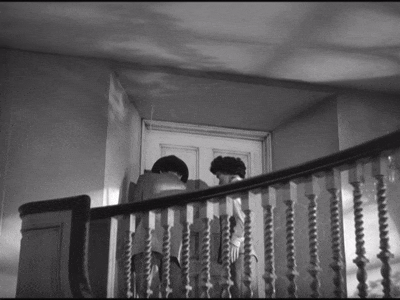


The Uninvited (1944)
3 notes
·
View notes
Text
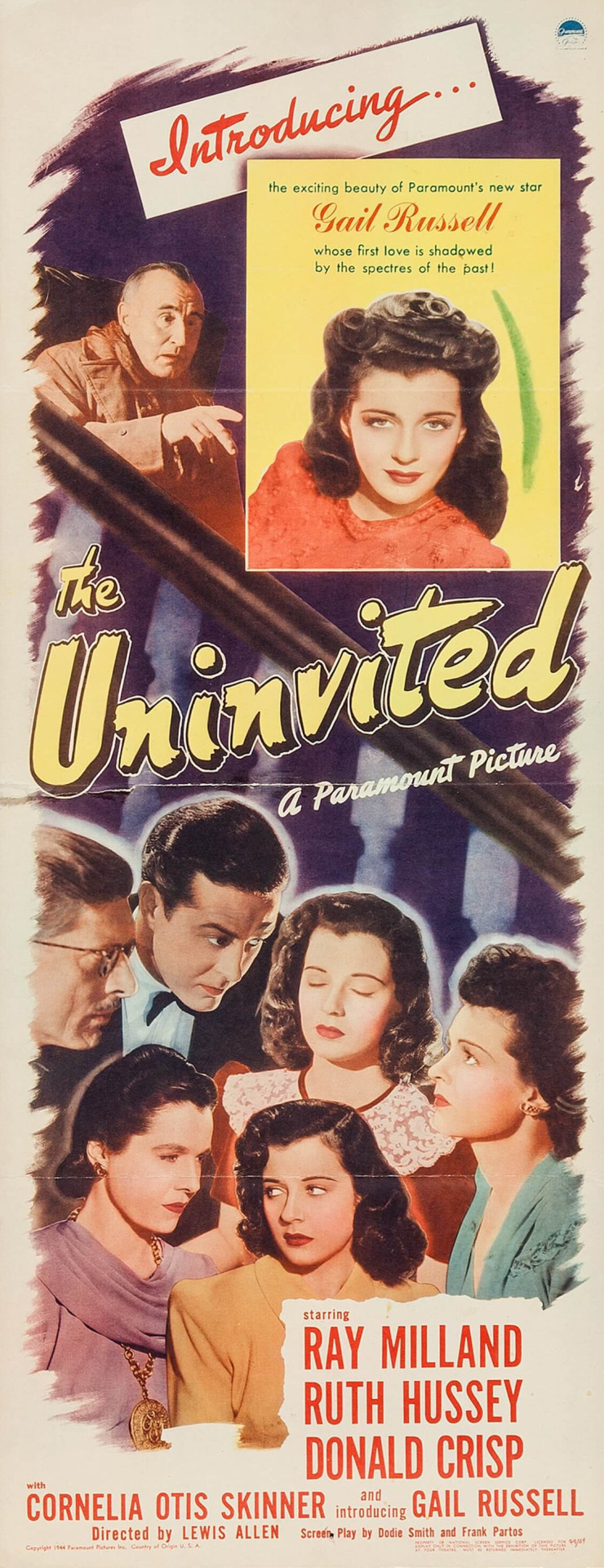
The Uninvited (1944)
#the uninvited#ray milland#ruth hussey#donald crisp#gail russell#1944#1940s movies#lewis allen#classic horror#horror movie poster
24 notes
·
View notes
Text
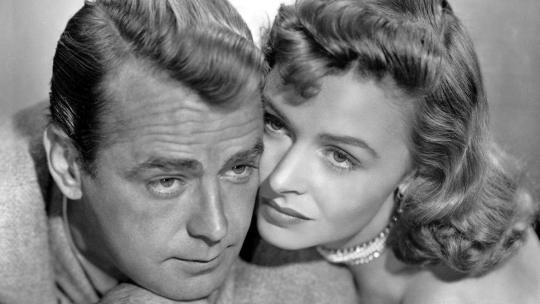
Alan Ladd-Donna Reed "El misterio de una desconocida" (Chicago deadline) 1949, de Lewis Allen.
69 notes
·
View notes
Text
Movie Review | Desert Fury (Allen, 1947)

I’ve been watching some of the movies in the Noir in Color series on the Criterion Channel, and it’s been interesting to see how the use of colour (yes, I’m putting the “u” back in, leaving it out earlier was a great source of shame for me as a Canadian) has, ahem, coloured the proceedings. (And by watching, I mean sweatily binging titles before they leave at the end of the month, something I normally do later in the month, but the next few weeks are gonna be busy, so no time like the present.) In The River’s Edge and Inferno, they emphasized the survivalist aspects of their largely outdoor narratives. (The latter was also originally intended to be shown in 3-D, something that becomes apparent in the two-fisted visuals in the last act. I suppose it could have worked in black and white, but I’m not sure it would have had the same sense of spectacle. I should point out that both movies highlight how striking red hair looks in Technicolor, that’s a peripheral perk of the format.) In A Kiss Before Dying, the overly bright look of the movie forces a certain subtlety and sense of deliberation on the proceedings in a way that anticipates Purple Noon. (The other key takeaway seeing it now is that the casting of Robert Wagner is really on the nose and more effective than it likely would have been on its original release.)
Compared to those movies, this has a more classic Technicolor look, where even muted, earthier tones have depth and richness and practically pop off the screen. Where flesh tones, even in the dark, seem flushed, as blood rises to the skin and emotions come to a boil. There’s a resulting melodramatic quality that nicely accentuates the psychosexual charge of the proceedings. I’m gonna throw in a disclaimer that I’m going to attempt a semi-queer reading of the movie that will likely be dumbassed coming from a straight man, so apologies in advance. But you look at the central relationship of the movie, which isn’t just the attraction between Lizabeth Scott and John Hodiak, and not even a love triangle between those two and the blatantly heterosexual Burt Lancaster, but the tug of war between Lizabeth Scott, Hodiak in the middle, and his servant Wendell Corey, whose response to the situation feels somewhere between gay jealousy and a neglected submissive. Now, as I wrote this sentence, I did some googling on the movie and see that Foster Hirsch characterized the Hodiak-Corey relationship similarly in The Dark Side of the Screen (a book I enjoyed years ago but forgot the particulars of), so my reading is less dumbassed than I initially feared. He also frames the relationship between Scott and her mother Mary Astor as a lesbian one. I’m not sure I got the exact same feeling, although Astor is comparatively masculine and the fact that Scott refers to her by her first name is foregrounded. But there’s some psychosexual spillover into Lancaster’s character, who seems like the classic upright hero, yet has a certain faded quality and bristles when interacting with Astor, expressing indignation at her proposal that he essentially prostitute himself.
Lancaster nails all the shades of the role, from the superficial heroism to the resentment to the queasy misuse of his authority as a cop when he applies a heavy hand to Hodiak. I can see a version of the movie from his perspective, but in light of the previous paragraph, it would probably be less interesting. Actually, almost all the casting is quite good, with Corey’s beady little venomous eyes, Astor’s archness, Scott’s marble-like blue eyes shining with unique luminosity in Technicolor. The only one I take some issue with is Hodiak. Scott is supposed to be attracted to his character because of his disreputable, criminal quality, but Hodiak is initially too flat to pull this off. Imagine someone like Cary Grant in this role, who could bring the necesssary edge and sex appeal to sell this attraction. Yet when he gets his hair mussed, his blood pressure raised and his indignitation worked up, you can understand what Scott sees in him. Basically, the movie doesn’t quite sell why she would fall for him, but it does sell why she’d stay with him even as the situation goes south. And when you get the climactic car chase (which does not capture the raw power of the automobiles as chases Bullitt and onward would do, but is lent excitement by the frantic scoring), and the movie keeps cutting back and forth between them and the distinct way their eyebrows arch down to their eyes, well...I don’t know if it means anything, but it’s a striking series of images.
7 notes
·
View notes
Text
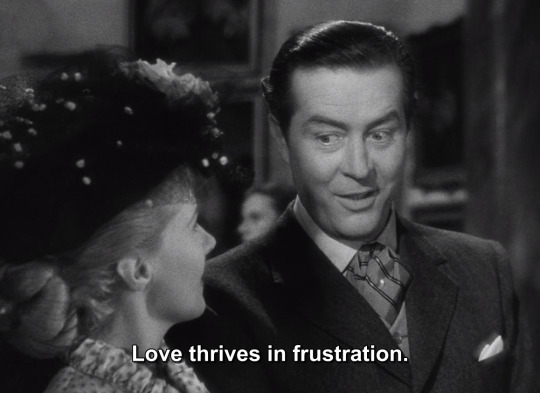
14 notes
·
View notes